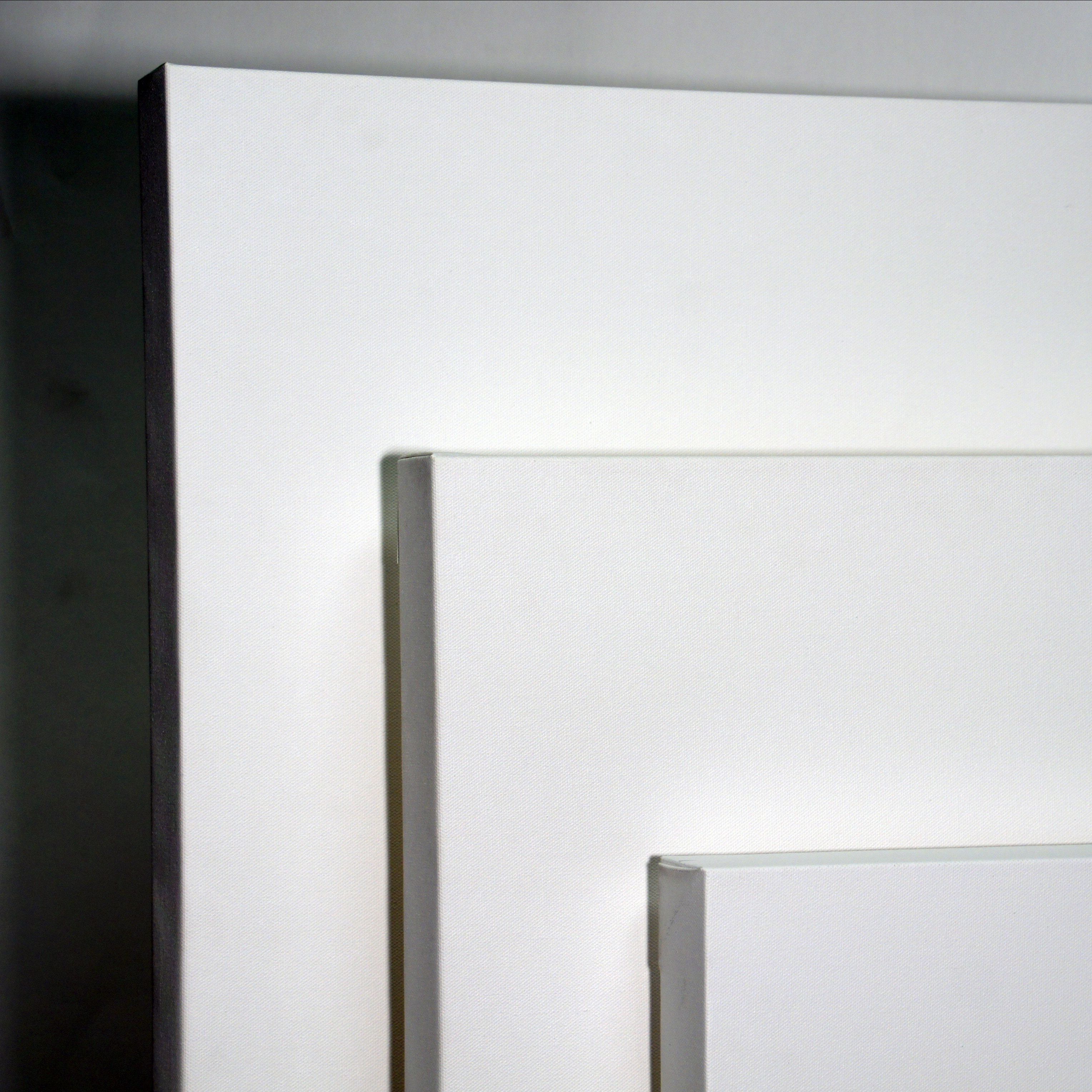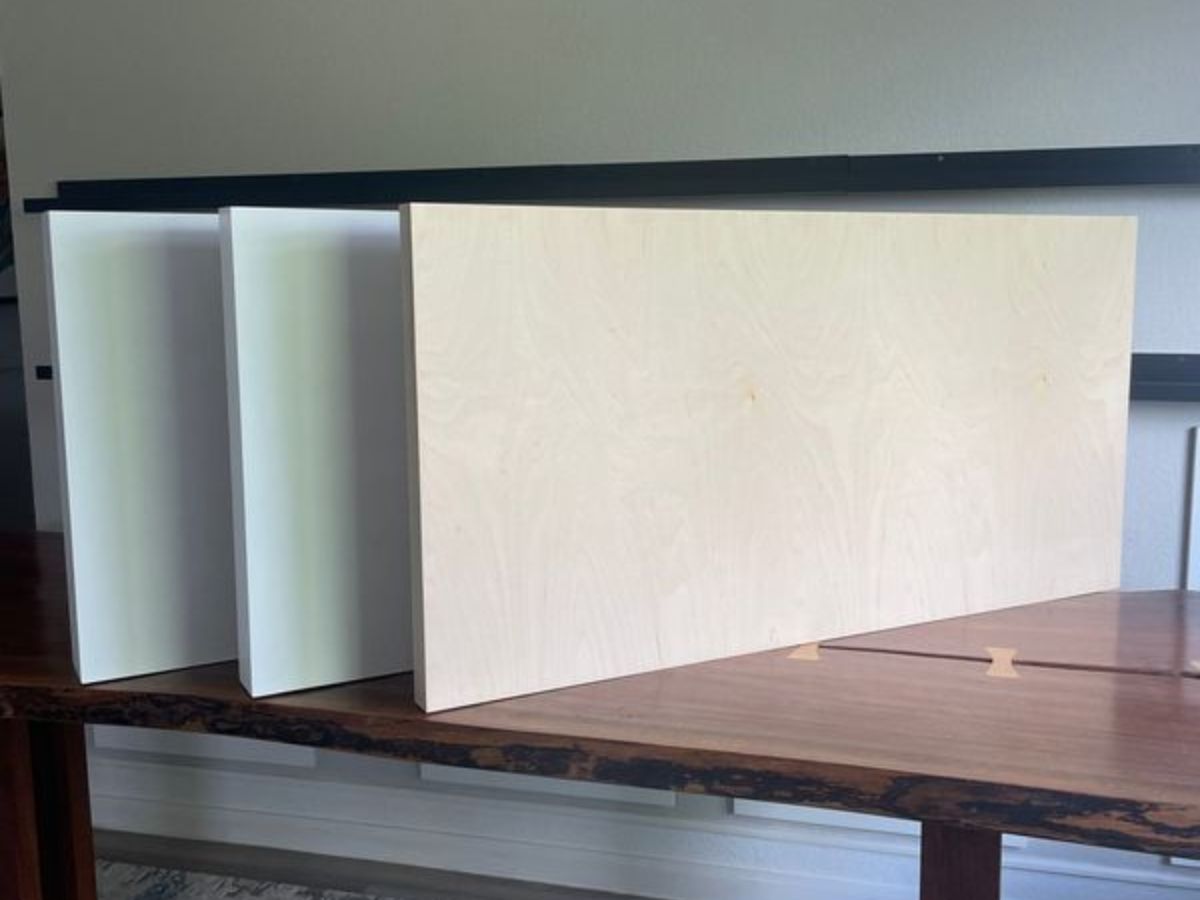
How to Approach Galleries and Curators with Your Artwork
Connecting your work with galleries or curators is less handshake hustle and more patient, thoughtful relationship building. Whether you’re just starting or looking to move forward, here’s a clear and friendly roadmap to help your art meet the right curators.







